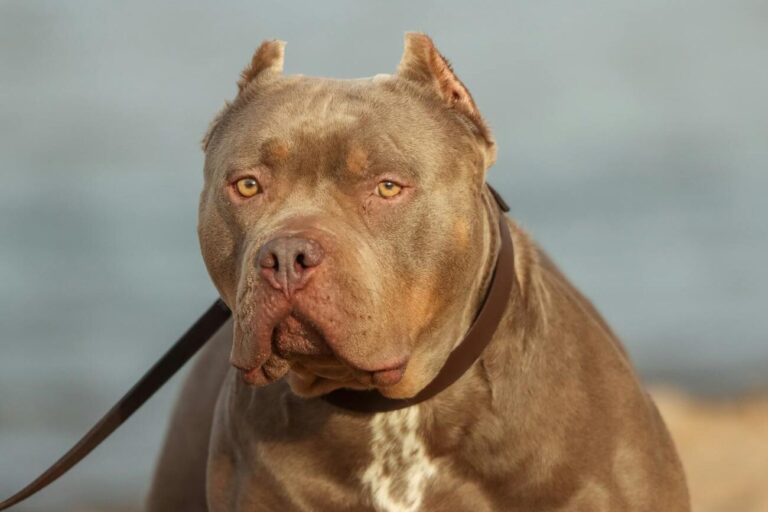Understanding Your Pet’s Aging Process and Caring for Them in Their Golden Years
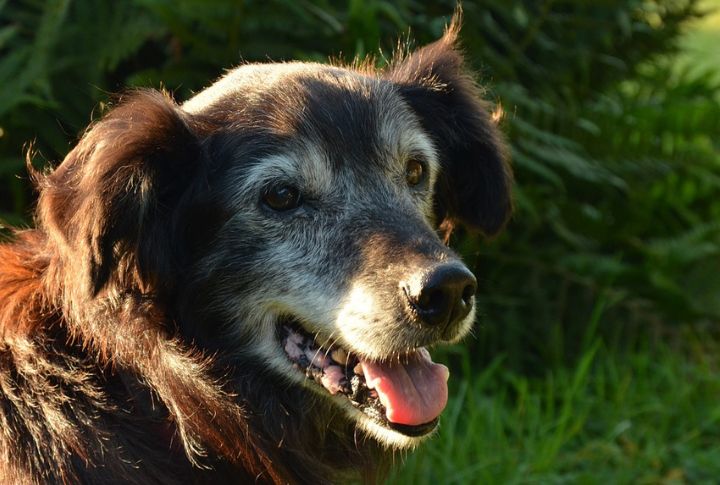
So, you’ve probably heard the old saying that one dog year equals seven human years, right? Hold onto your leashes because that’s not quite the whole story! Unlike humans, dogs age differently based on size, breed, and overall health. Larger dogs generally age faster than smaller breeds, which tend to have a slower aging process. Let’s break it down and find out when your four-legged companions officially enter their golden years and how you can best care for them!
Small Breeds: Taking Aging Slow

First up, we have our pint-sized pals like Chihuahuas and Poodles. These little cuties often live longer than their larger counterparts and are considered seniors from ages 10 to 12. That means they get to enjoy their youthful antics a bit longer before they start showing signs of aging like stiffness and incontinence.
Medium Breeds: Aging Moderately
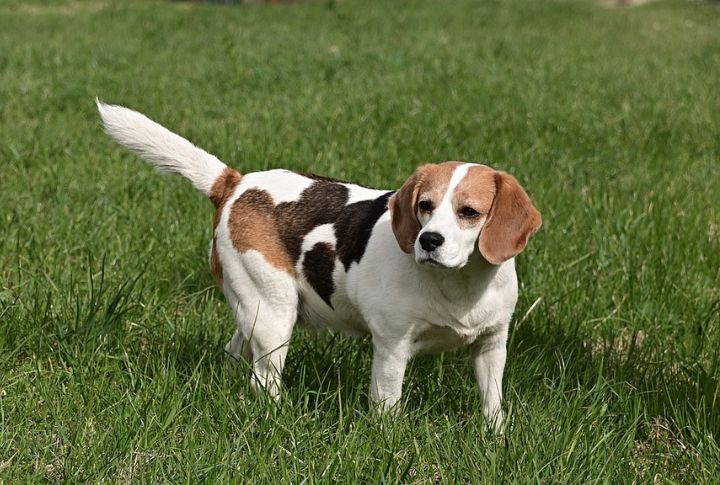
Next, let’s discuss medium-sized dogs, like Bulldogs and Beagles. Medium breeds usually reach senior status around 8 or 9 years old. By this time, you might notice them taking more naps, experiencing mild joint stiffness, or moving a bit slower—those are the telltale signs that they’re entering their senior phase.
Large Breeds: They Age Faster
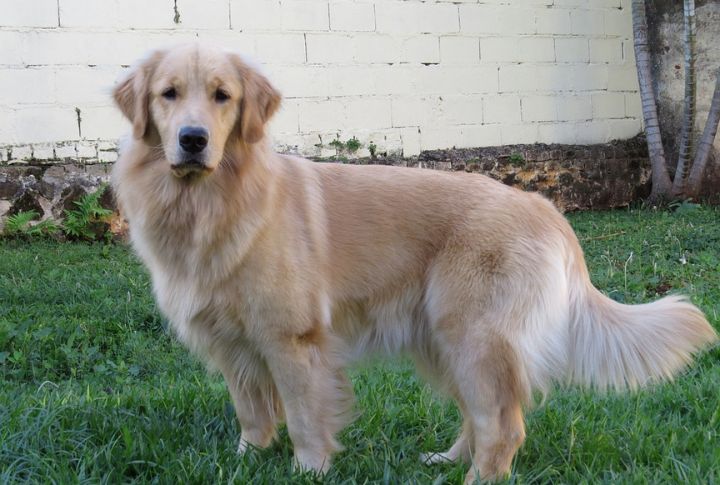
Now, onto the big boys and girls! Larger dog breeds, the likes of Retrievers (Golden and Labradors), tend to age faster, maturing by around 6 to 7 years. Why? Because their bodies grow quickly, they tend to experience more wear and tear, which contributes to an earlier onset of advanced years.
Giant Breeds: The Bigger Dogs
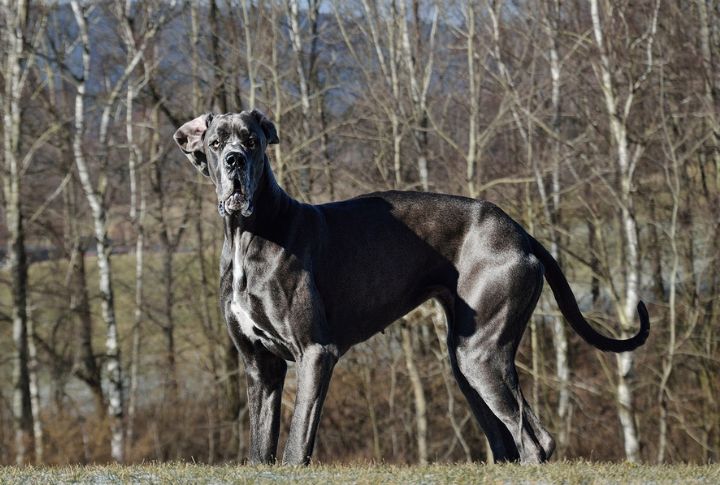
And then we have the Great Danes and Bernese Mountain Dogs, the more giant breeds. These lovable behemoths often become seniors by just 5 or 6 years old! With their massive size and rapid growth, they have unique needs for extra TLC to keep them comfy and happy as they age.
Beyond Size: The Bigger Picture

While size and breed are significant players in the aging game, they’re not the only factors at play. Factors like diet, exercise, and overall health influence how quickly your dog ages. A well-cared-for pup might show fewer signs of aging than one who’s had a rougher ride. So, keep an eye on their well-being!
Genetics: The Secret Ingredient
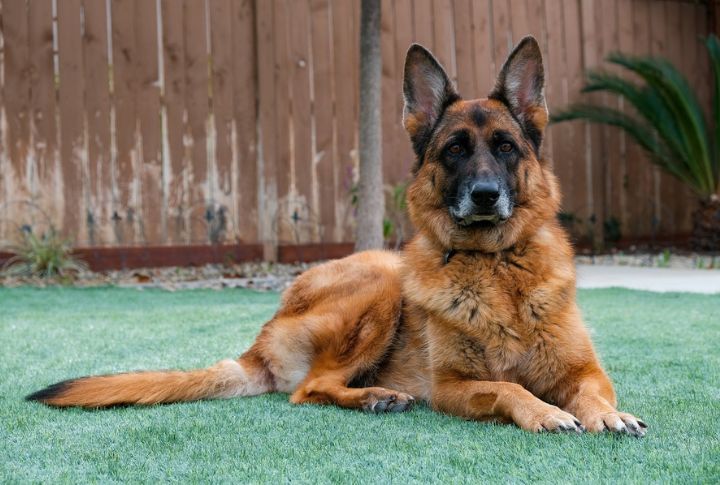
Knowing your dog’s genetic background can help you prepare for what’s ahead! Some breeds, like Labs and German Shepherds, are prone to joint issues that can slow them down. Meanwhile, little guys like Cavalier King Charles Spaniels and Boxers might face heart problems affecting their quality of life.
Spotting the Signs of Aging
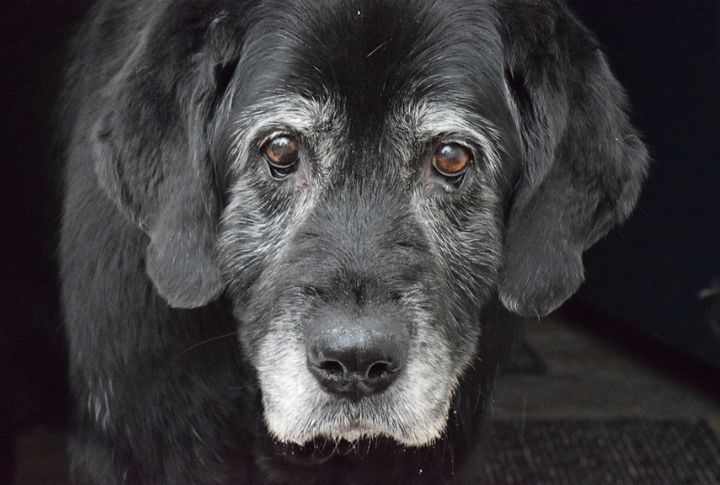
As your canine ages, you might notice some physical changes. Stiffness, graying fur, weight fluctuations, and decreased activity are all common signs that they’re entering their golden years. If your pup starts moving a little slower or can’t keep up with their usual shenanigans, it’s a sign they’re becoming a wise old soul!
Mental Changes: Keep Their Minds Sharp

Just like us, older dogs can experience cognitive changes. You might see signs of confusion, memory issues, or changes in their sleep patterns. These shifts can be subtle at first and worsen with time. But don’t worry! You can do a few things to keep your pup’s brain young.
Mental Stimulation: Keep Their Brains Alive
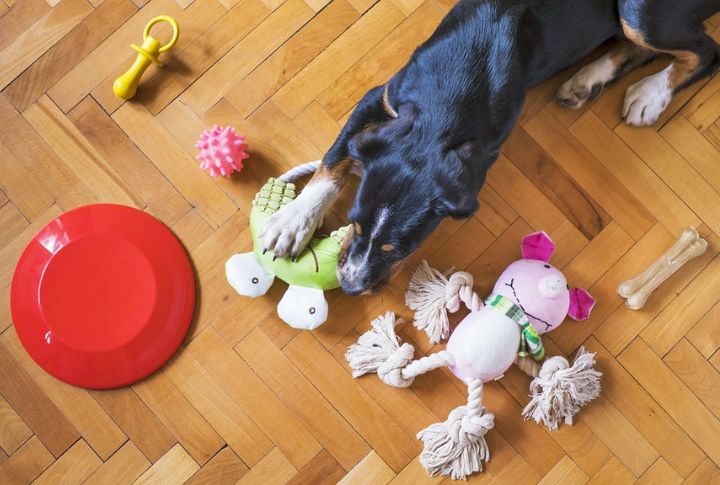
Aging four-legged friends still need mental stimulation to stay sharp. Here’s how to keep those brains busy! You can provide puzzle toys, training sessions, or simple games to keep their minds engaged and happy. A little mental workout goes a long way in preventing cognitive decline and keeping them feeling young at heart!
Nutrition: Feeding the Golden Years

As your dog ages, its nutritional needs change, too. Senior dog foods are specially formulated to focus on joint health, weight management, and digestion to support aging bodies. Switching to these diets as your canines grow older is vital to ensure they get all the nutrients they need to stay healthy.
Gentle Exercise: Keep It Light

Even if your older dog isn’t as sprightly as they once were, regular exercise is still super important! Think short walks, a splash in the pool, and other low-impact activities that keep them fit without straining their aging bodies. Remember that excessive exertion might cause discomfort, so gentle activities are best.
Home Sweet Home: Senior-Friendly Adjustments

Making your home comfy for your geriatric pooches can make a world of difference. By offering them soft, supportive bedding, non-slip rugs, and raised food bowls, you are easing the strain on their joints, especially if they’re dealing with arthritis. These little changes can help your pup feel cozy and cared for.
Adapting to Changes: Vision and Hearing Loss

As dogs reach maturity and beyond, you might notice their alertness to sounds and visual cues deteriorating. That is normal, but you can make their life a bit better by keeping the furniture the same. You can also train them on other communication tactics like scent markers. The goal is to ensure they are comfortable.
Extra Comfort: Try to Keep The Temperature Constant
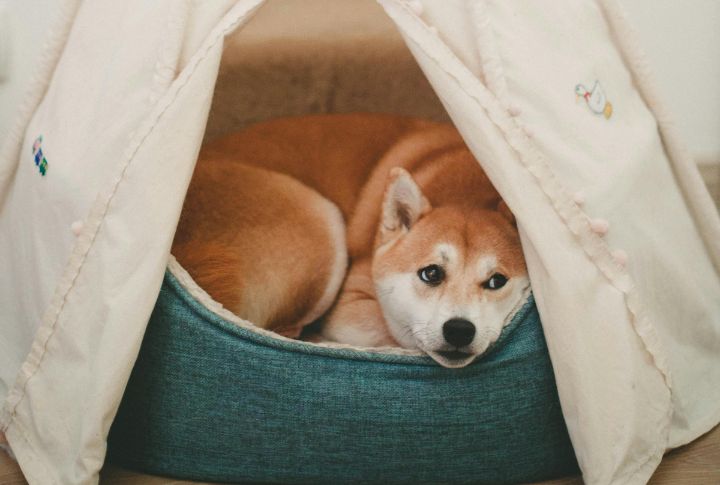
Senior dogs can be more sensitive to temperature changes, so make sure they have cozy bedding to snuggle into during colder months and a shady spot to cool off when it’s hot. These little touches can protect them from extreme temperatures, which can be more challenging for their aging bodies to regulate.
Underrated but Important: Constant Vet Check-Ups
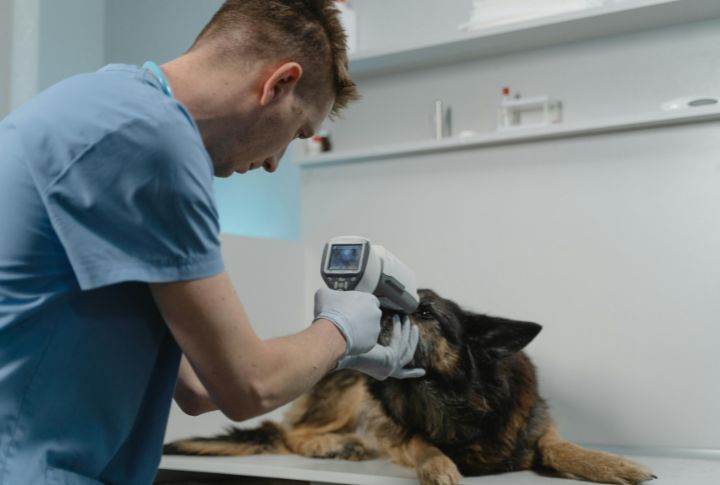
Regular vet visits are vital for aging dogs. They face higher risks of conditions like arthritis, kidney disease, and dental issues. Your vet can catch these problems early and provide the right treatments to keep your canine companion in great shape. Keeping up with their health ensures they stay happy and active.



